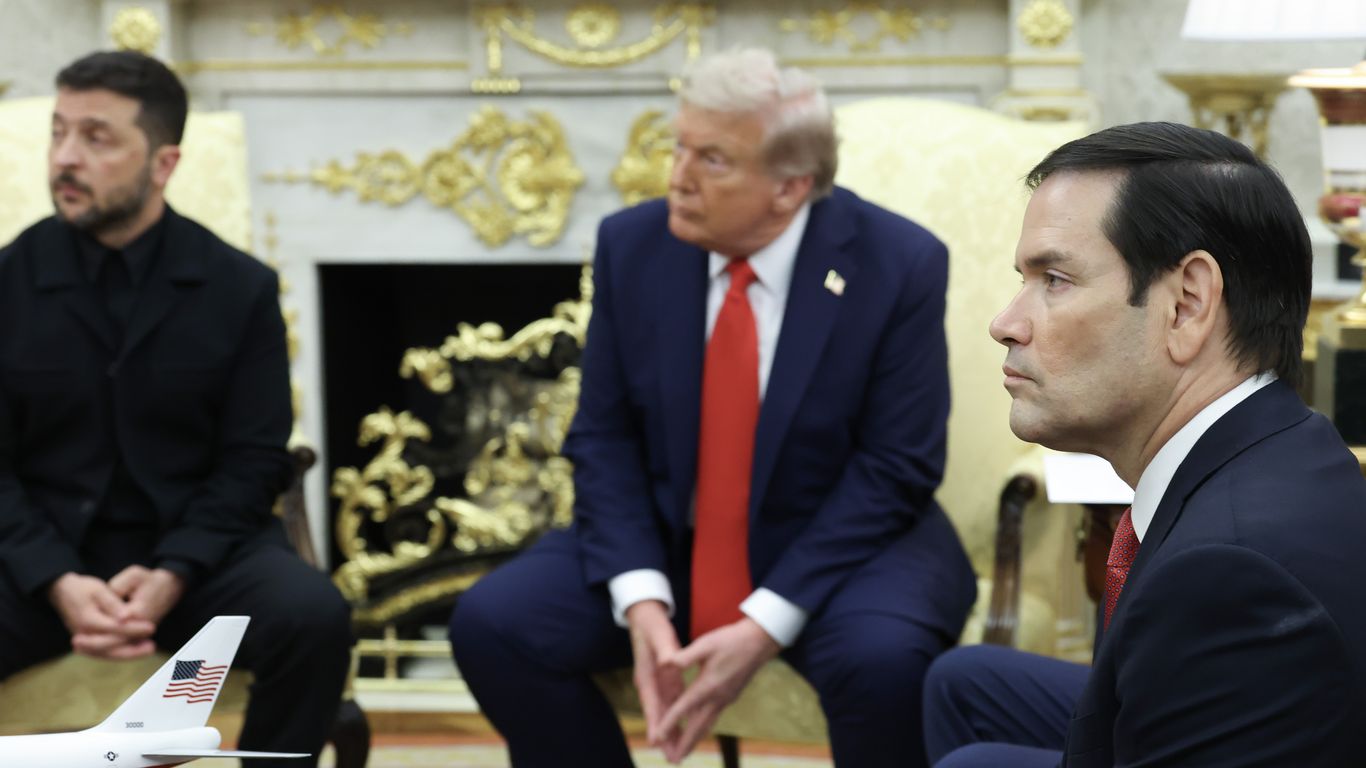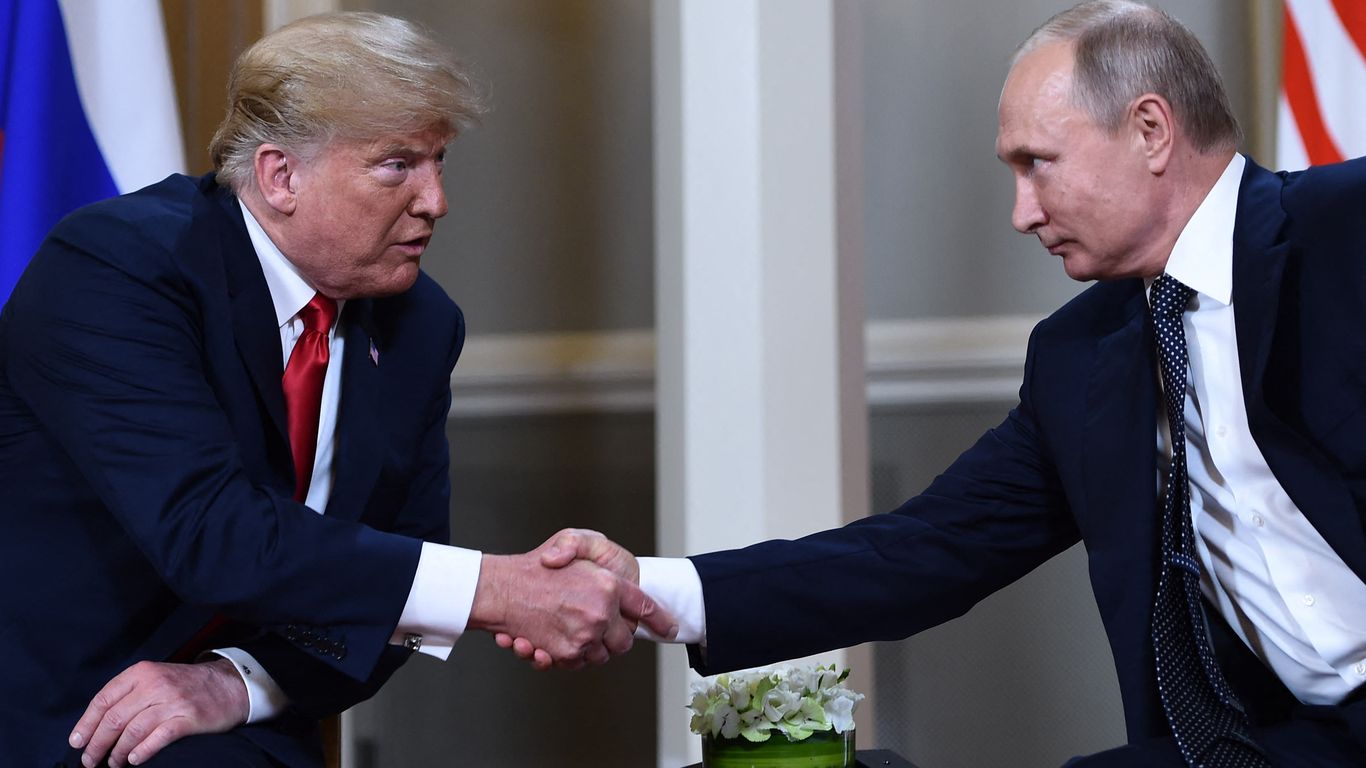Russian Drones Breach Poland's Airspace

Introduction
The recent incident of Russian drones breaching Poland's airspace has sparked concerns among NATO allies. According to experts, this could be a deliberate move by the Kremlin to test the readiness of NATO in defending its easternmost members. This event has once again brought to light the ongoing tensions and military buildup in the region.
Key Details
The incident, which took place on Monday, saw three drones flying over the northeastern part of Poland. Although the drones were intercepted and forced to turn back, the breach has raised concerns about the security of NATO's eastern flank. This is not the first time Russia has tested the readiness of NATO in this region. In the past, there have been numerous incidents of airspace violations and military exercises near the borders of NATO members.
Impact
This incident has significant implications for both the security of NATO allies and the relationship between Russia and its neighboring countries. It highlights the need for stronger defense measures and cooperation among NATO members. The incident also adds to the ongoing tensions between Russia and the West, as well as the ongoing security concerns in the region. It is crucial for NATO to stay vigilant and ready to defend its members in the face of potential threats from Russia.
About the Organizations Mentioned
Kremlin
The term "Kremlin" primarily refers to the executive branch and central administration of the Russian government, symbolized by the Moscow Kremlin complex. It represents the seat of political power in Russia, particularly under President Vladimir Putin's leadership. The Kremlin as an organization orchestrates Russia's domestic and foreign policy, including its strategic approach to technology and cybersecurity. Historically, after the Soviet Union's collapse in 1991, Russia's digital and technological sectors were initially intertwined with the West, benefiting from collaborations and outsourcing opportunities. However, since the late 2000s and early 2010s, the Kremlin shifted toward digital tech isolationism driven by concerns over regime security and foreign influence. This shift intensified after Russia's 2022 full-scale invasion of Ukraine, leading to heightened securitization, sanctions, and a push for domestic alternatives to Western technology[1][2]. The Kremlin aggressively promotes the development of indigenous digital technologies, including microelectronics, software, and cybersecurity platforms, aiming to reduce reliance on foreign tech companies. This strategy is framed as both a security necessity and a geopolitical move to maintain Russia's status as a great power in an era of global technological competition[3]. Despite sanctions targeting key Russian IT companies and a brain drain of skilled professionals, Kremlin-backed narratives assert resilience and a vision to build a techno-economic bloc with its allies[2]. Notably, President Putin has emphasized the need to "strangle" Western technology companies still operating in Russia, seeking to eliminate their presence to foster domestic alternatives and counter perceived threats[5]. The Kremlin also leverages cyber capabilities through state agencies like the FSB and SVR, integrating cyber operations into its broader security and intelligence framework[9]. Currently, the Kremlin faces challenges such as talent outflow and innovation constraints but continues prioritizing technological sovereignty and cyber power as essential to its regime stability and geopolitical ambitions[2][7]. The Kremlin's tech policies remain a critical facet of its governance, blending business, technology, and securit
NATO
The **North Atlantic Treaty Organization (NATO)** is a transatlantic military alliance founded in 1949 to secure peace in Europe and protect democratic nations from Soviet aggression. It began with 12 founding members and has expanded to include 32 countries across North America and Europe as of 2025, including recent additions Finland (2023) and Sweden (2024)[1][3]. NATO's core principle is collective defense, meaning an attack against one ally is considered an attack against all, enshrined in Article 5 of its founding treaty[3]. Originally established as a Cold War bulwark, NATO has evolved beyond its initial Euro-Atlantic focus, engaging in missions worldwide, such as in Afghanistan and Libya[1]. The alliance remains central to U.S.-Europe military cooperation and has adapted to new security challenges, particularly Russia’s 2022 invasion of Ukraine, which has significantly reshaped NATO’s priorities. This aggression has spurred increased defense spending, stronger collective deterrence efforts, and accelerated Ukraine’s path toward potential membership[1][4]. In June 2025, NATO held its first summit in the Netherlands, where leaders agreed on raising defense spending targets to 5% of GDP—split between 3.5% for core defense and 1.5% for related security costs, including support for Ukraine. This marked a historic commitment to bolster the alliance’s military capabilities amid evolving global threats. The summit also emphasized eliminating defense trade barriers and reaffirmed the ironclad commitment to collective defense[2][5]. NATO’s ongoing significance lies in its role as a strategic security platform fostering cooperation among member states, responding to geopolitical instability, and adapting to emerging threats like terrorism and cyber warfare[4]. Its "open door" policy continues to invite eligible European democracies to join, reinforcing its mission to safeguard peace, democracy, and shared technological and defense innovations across allied nations[1][4].









